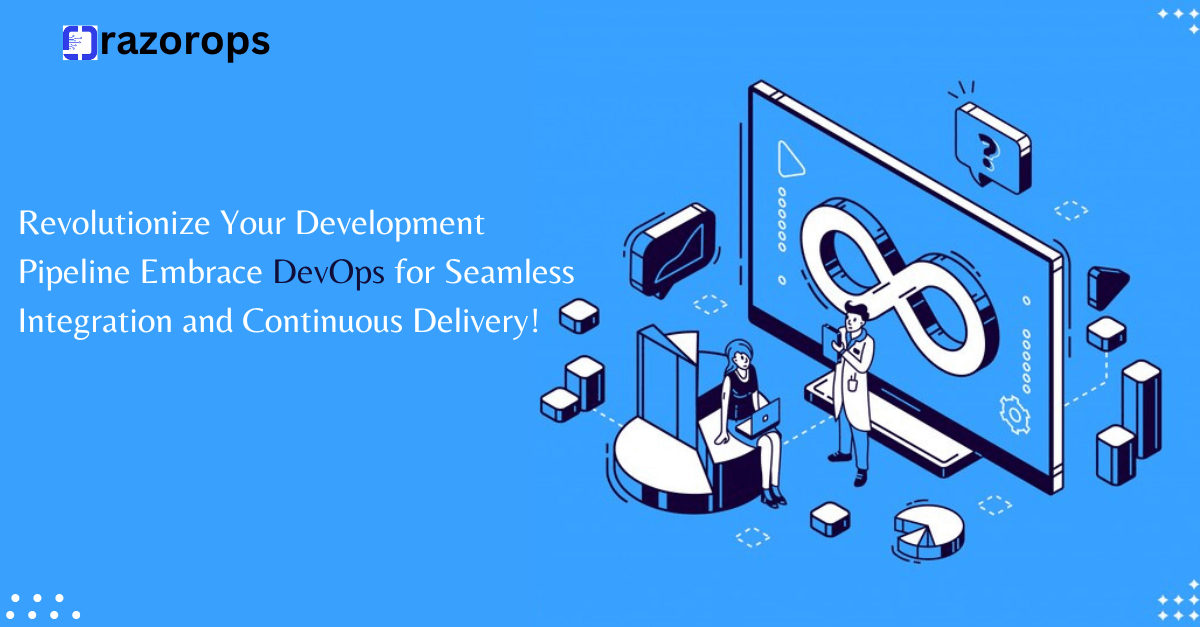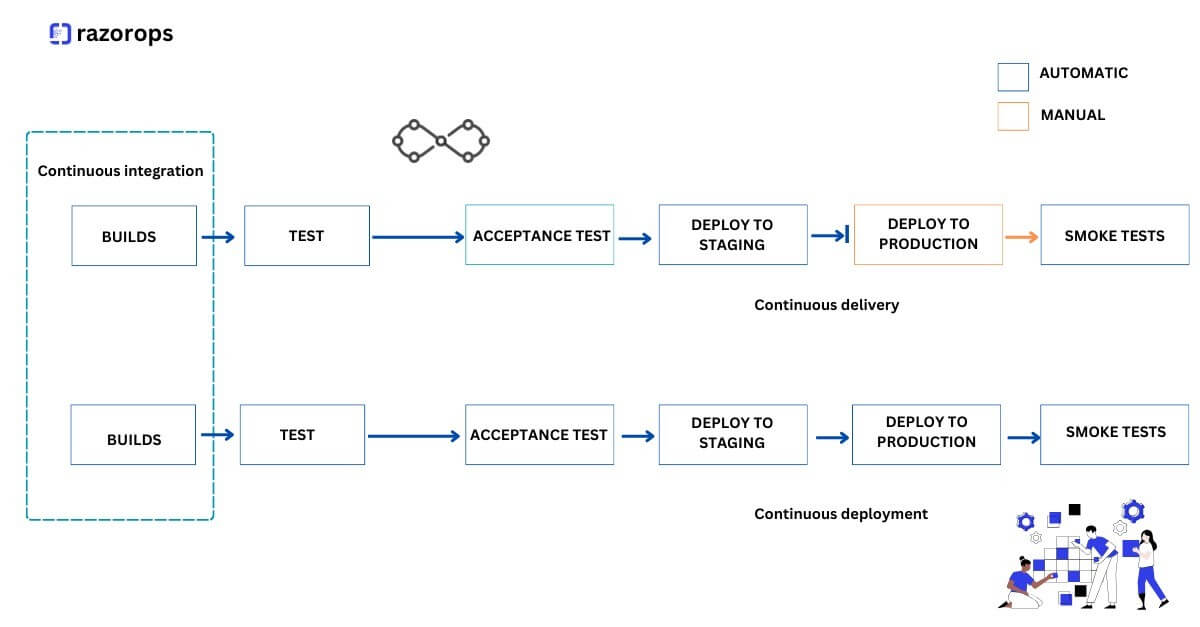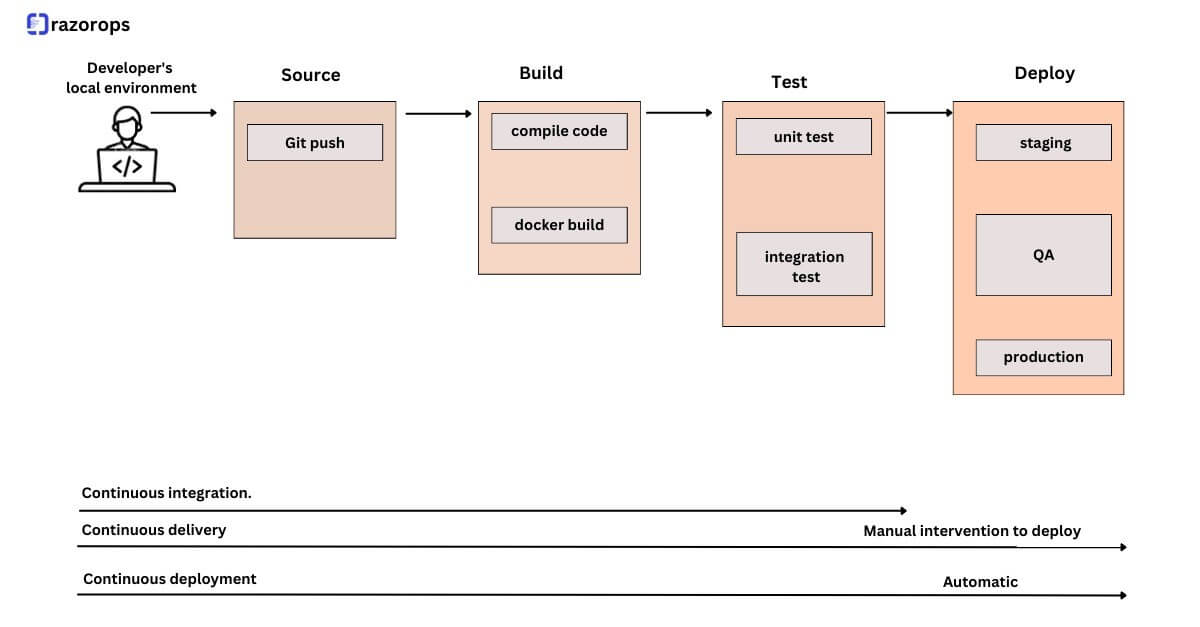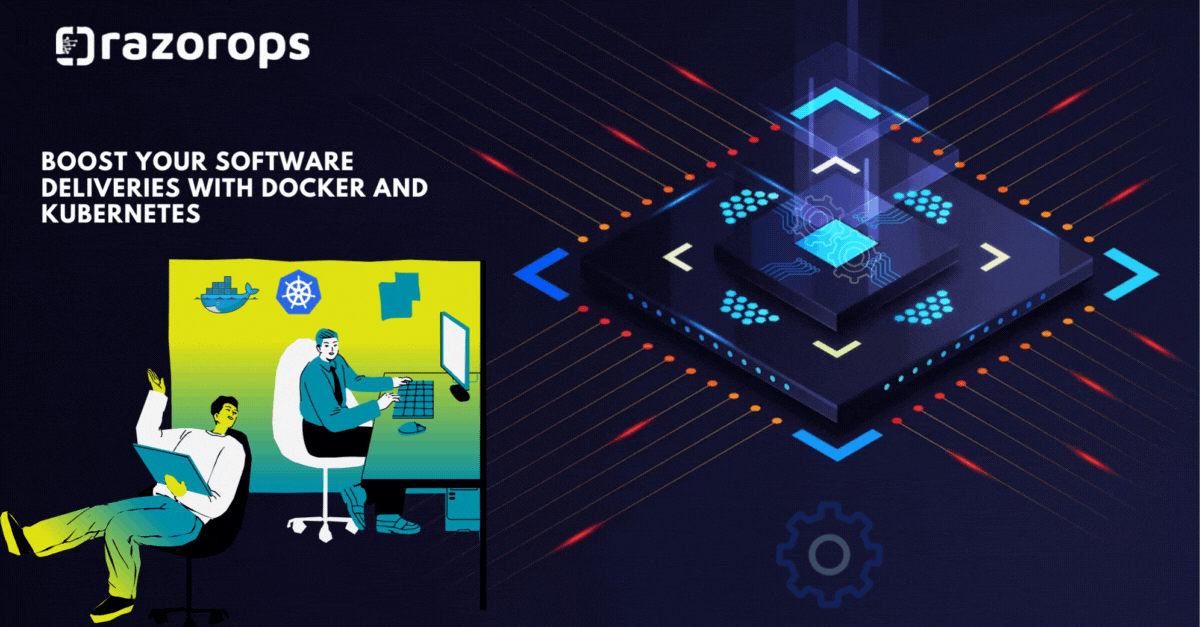Top 20 CI/CD Pipeline Interview Questions & Answers
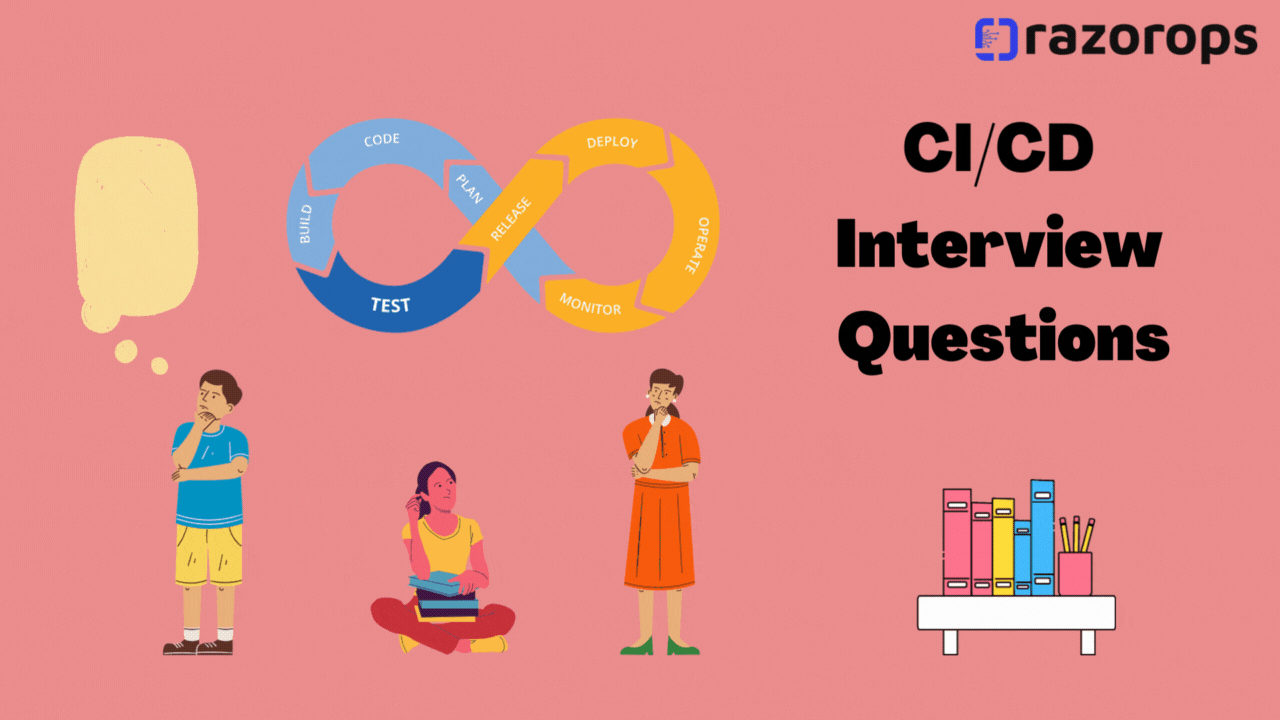
The key to acing a CI/CD interview is preparation. The first step in preparation is to learn as much as you can about the possible company, including its background, offerings, and hiring practices.
In order to help you master your next interview and land your dream job, this blog post includes CICD interview questions, all neatly organized into themes.. Refreshing your technical knowledge is the next item on the list because it will help you stand apart.
1.What’s the difference between continuous integration, continuous delivery, and continuous deployment?
2.Benefits of CI/CD
3.Name some deployment strategies?
4.Name a few types of tests used in software development
5.What is test coverage?
6.Does test coverage need to be 100%?
7.What is meant by CI-CD?
8.What does Containerization mean?
9.What is a Git branch?
10.What is Hypervisor?
11.What is the difference between a Docker image and a container?
12.What is Virtualization?
13.What are Microservices?
14.What is Docker?
15.Define Microservice Architecture.
16.How is DevOps different from Agile/SDLC?
17.What do you know about Serverless model?
18.What is a Chef?
19.How is a Container different from a Virtual Machine?
20.What is a Git repository?
1. What’s the difference between continuous integration, continuous delivery, and continuous deployment?
-
Continuous integration is a DevOps practice, where developers continuously integrate the code changes into a central repository. It most often refers to the build or the integration stage of the software release process. A continuous integration service helps to automatically build and run unit tests on the new code changes to find any errors instantly.
-
Continuous delivery expands upon continuous integration by deploying all the code changes to the testing environment and later to the production environment after the build stage.
-
Continuous Deployment is a software process that uses automated testing to confirm if changes to a core code doesn’t break the existing functionality and it is stable, for instant autonomous deployment to a production environment.
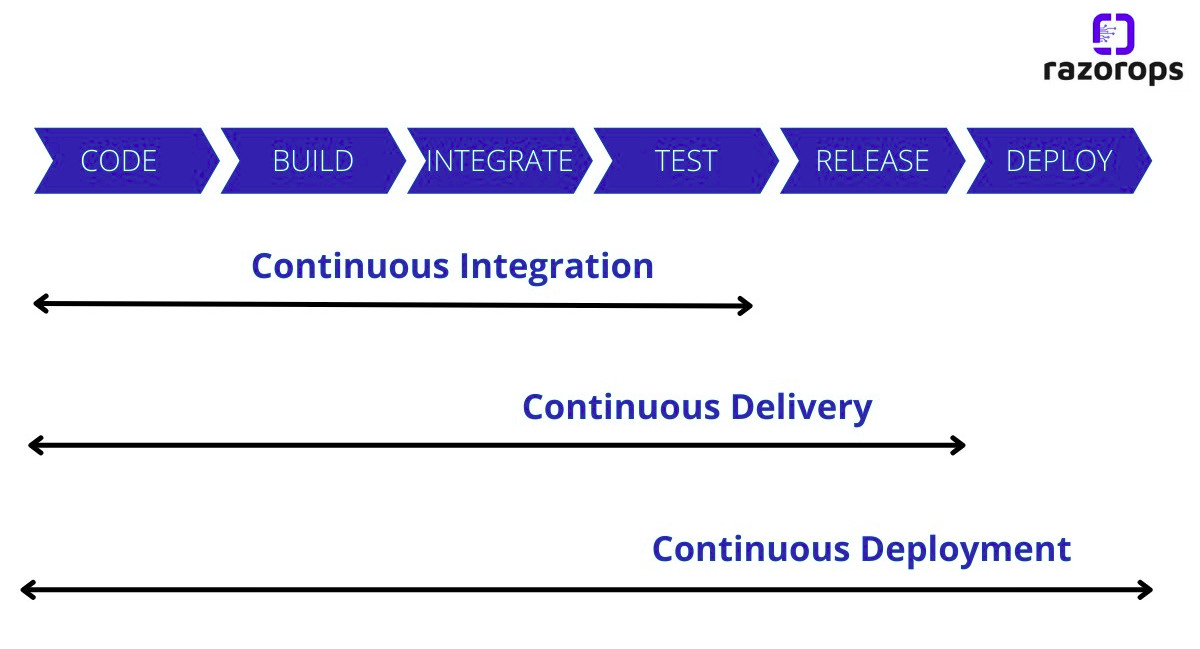
2. Benefits of CI/CD
-
Developers focus on solving the real business problems rather than spending time on fixing bugs/issues. Less to almost no efforts are spent on the maintenance as well and hence the more productivity of developers.
-
Code moves to production quicker even if you have multiple services going out in parallel. There is literally no waiting time to see your bits on production. Developers getting live feedback of features quickly rather than waiting for changes to get deployed on production bring down the turnaround time.
-
Developers have the time to concentrate on finding solutions to business issues. Developers can actually concentrate on what is important with a simplified CI/CD process instead of being distracted by factors like problematic code, missing handoffs, production issues, and more.
-
Auto rollback if needed, when error stack goes up or increases from a threshold or before deployment, after any deployment is done.
3. Name some deployment strategies?
-
Regular release/deployment: When software is regularly released or deployed, it is made publicly accessible to all users at once.
-
Canary releases: this technique lowers the chance of failure by exposing only a small (around 1% of the userbase) to the release. Developers can regulate the controlled shift of users to the most recent release by using a canary release.
-
Blue-green releases: consists of running two instances of a programme simultaneously, one of which is the most recent release and the other of which is the stable version currently being used by users. Users are instantly transferred from the former to the latter. This approach is more secure than routine or big bang releases since consumers can immediately return to an earlier version if there is an issue.
4. Name a few types of tests used in software development.
-
Unit tests verify that classes or functions perform as anticipated.
-
Integration tests are used to ensure that an application’s various components work well together.
-
End-to-end testing: evaluate a programme by simulating user interaction.
-
Static tests: detect errors in the code without running it.
-
Security checks: look for known security flaws in the application’s dependencies.
-
Smoke tests are quick evaluations that determine whether the application can run and whether the infrastructure is prepared to receive deployments.
5. What is test coverage?
The percentage of the codebase that is covered by tests is known as test coverage. Every line of code is tested by at least one test case when there is 100% coverage.
6. Does test coverage need to be 100%?
No.There is a misconception that 100% coverage equates to bug-free code. No amount of testing can prove that this is false.
7. What is meant by CI-CD?
CI/CD is a series of steps that include all the stages from the beginning of the CI/CD process and it is responsible for creating an automated and seamless software delivery process. With a CI/CD pipeline, a software release artifact can move and progress through the pipeline right from the code check-in stage through the builds, tests, and different deployment stages.
8. What does Containerization mean?
Virtualization techniques like containerization have evolved as an alternative to standard hypervisor-based virtualization. Instead of being duplicated for each virtual machine, the operating system is shared throughout the several containers in containerization.
9. What is a Git branch?
A Git branch is a different line of development that is typically established to work on a feature. Branches enable developers to code independently of other team members’ work.
10. What is Hypervisor?
The hypervisor is an essential part of virtualization , it’s a thin software layer that allows multiple operating systems to run parallel to each other and share the same physical computing resources.
11. What is the difference between a Docker image and a container?
-
A Docker container is a virtualized machine environment mainly used in application development. It is used to create, run and deploy applications that are different from the physical hardware. A Docker container can use one machine, share its kernel and virtualize the OS to run more isolated processes. As a result, Docker containers are very low weight.
-
A snapshot in various kinds of VM settings is analogous to a Docker image. It serves as a snapshot of a Docker container at a certain time. Additionally immutable are Docker images. They cannot be altered, but they can be copied, shared, or removed. The capability is helpful for testing new configurations or software since no matter what happens, the image stays the same.
12. What is Virtualization?
Software is used in virtualization to construct an abstract layer on top of the hardware. This produces a virtual computer system, also referred to as a virtual machine (VMs). As a result, organizations will be able to use a single physical server to operate numerous virtual computers, operating systems, and applications.
13. What are Microservices?
Microservices is an architectural style that aids in the structuring of an application as a group of services that are: Highly Maintainable and Testable, Loosely Coupled, Independently Deployable, Owned by a Small Team, and helps in the facilitation of rapid, frequent, and reliable delivery of large, complex applications as well as in the evolving technology stack.
14. What is Docker?
Docker is a containerization technology that bundles your programme and all of its dependencies into containers to ensure that it runs without a hitch in any environment, including development, testing, and production.
15. Define Microservice Architecture
A microservices architecture is a standalone service that can be changed, updated, or shut down without affecting the rest of the programme. It assists in integrating features needed for application reconfiguration and security updates.
16. How is DevOps different from Agile/SDLC?
The development of software is the main focus of the agile software development technique.
On the other hand, DevOps is in charge of creating and deploying software in the safest and most dependable manner feasible.
17. What do you know about the Serverless model?
A technique known as serverless conceals the existence of servers from developers. It implies that you are free of having to worry with OS, deployments, scaling, fault tolerance, and capacity. In essence, it will cut down on maintenance work and free up developers to concentrate swiftly on writing software.
18. What is a Chef?
Chef is an effective automation software that turns infrastructure into code. Chef is a tool that allows you to create scripts for automating tasks.
19. How is a Container different from a Virtual Machine?
-
A container can be constructed in less than a second since it does not require the operating system kernel to boot, unlike a virtual machine. Container-based virtualization is distinct from other virtualization techniques and is more desired because of this property.
-
Container-based virtualization has near-native speed since it adds little to no overhead to the host machine.
-
Compared to other virtualizations, container-based virtualization doesn’t need any extra software.
20. What is a Git repository?
Every file in a software project is accounted for in a Git repository. Developers can navigate to any point in the project’s history by using the repository, which acts as an index for all files and modifications in the project.
Conclusion:
Experience cannot be replaced by knowledge, though. You should test out a few CI/CD solutions to understand how they operate as part of your preparation. For instance,Razorops CI/CD can be set up in a matter of minutes; just have a look at the getting started tour, in which you’ll find ready-to-use demo projects for the most widely used tech stacks and programming languages.



